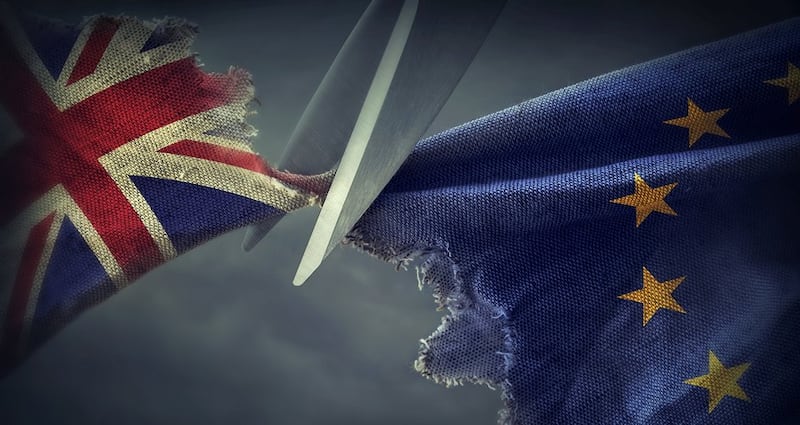What is the Common Travel Area?
It is an arrangement that permits ease of travel and other benefits such as reciprocal residency for immigrants, between the United Kingdom, Ireland, the Channel Islands and the Isle of Man. It dates from 1922 when the Irish Free State chose to operate the same travel restrictions as the UK.
On what legal basis is it established?

The Common Travel Area is based on a collection of legal provisions rather than on an international treaty or concrete agreement. There is no single legal agreement establishing its arrangements.
How did it come about?
The 1921 Anglo-Irish Treaty, establishing the Irish Free State’s independence from the UK, did not contain arrangements for cross-border travel, though this continued as Ireland remained part of the British Empire as a Crown Dependency. The UK and Irish Free State agreed an administrative understanding in 1922 that maintained free movement of people. Ireland remaining part of the Commonwealth meant Irish nationals could live and work in Britain as any other British subject.
This backstop fell away with Ireland’s declaration as a Republic and departure from the Commonwealth with the passing of the Republic of Ireland Act 1948 that came into force in April 1949.
London responded with the 1949 Ireland Act that afforded special status to Irish citizens within the UK and which resulted in Ireland generally not being treated as a “foreign country” under UK law.
The modern Common Travel Area came into force in 1952 when, against the backdrop of post-war labour shortages in the UK and emigration pressures in Ireland, an informal agreement was built into UK and Irish law by statutory instrument. This was done quietly due to the political sensitivities in Ireland over concerns it would be seen as undermining independence and restoring subservience to London.
How can it be protected post-Brexit?
Four academics have recommended that the best way to safeguard the Common Travel Area is for an agreement to be reached between Ireland and the UK.










